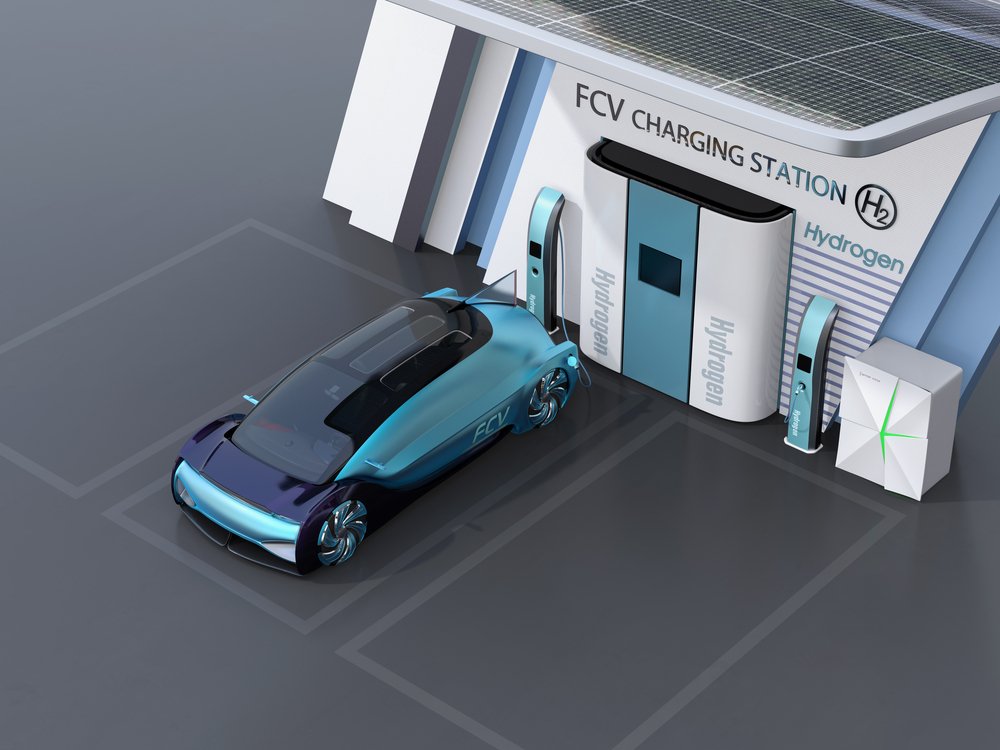Is the future FCEVs boom or bust?

The future of fuel cell electric vehicles remains uncertain as the automotive industry continues to evolve, a new report highlighted.
While battery electric vehicles (BEVs) have seen significant growth in model availability, sales, and charging infrastructure, FCEVs have struggled to keep pace. According to a new report by IDTechEx, authored by technology analyst John Li, the year 2024 marked the second consecutive year of declining sales for FCEV passenger cars, with commercial vehicles also lagging behind BEVs.
Despite the promising properties of FCEVs, such as quicker refuelling times, longer range and higher payload capacity, they have not gained the same traction as BEVs. Rapid advancements in DC charging technology have allowed BEVs to charge hundreds of kilometres in range in reduced time, and IDTechEx forecasts that battery costs will continue to decrease while energy density increases.
This will result in longer-range, lower-cost BEVs, further challenging the market position of FCEVs.
In 2024, about 5,000 fuel-cell passenger cars were sold globally, a small fraction of the 11 million battery electric passenger cars sold in the same year.
In California, the cost of operating a Toyota Mirai was found to be more than eight times higher per mile compared to a Tesla Model 3 and about three times higher than an internal combustion engine car. Hydrogen prices at the pump soared to as high as $36 per kilogram at some stations, a 120 per cent increase from the average price in 2022. This price volatility and uncertainty have deterred potential customers.
However, the report does not expect fuel-cell cars to disappear entirely. Honda re-entered the FCEV market in July 2024 with the Honda CR-V Fuel Cell, which also has plug-in electric-only driving capability. Hyundai plans to release its next-generation Initium FCEV in the first half of 2025, and BMW aims to commercialize a fuel cell car based on the BMW iX5 Hydrogen by 2028.
New generations of fuel cells from Honda and Toyota promise significant power density and durability improvements at lower manufacturing costs. Growth in the fuel cell passenger car market will depend on the availability of hydrogen refuelling stations and lower costs, ideally with more green hydrogen produced on-site.
For commercial vehicles, the potential for FCEVs varies by segment. Light commercial vehicles (LCVs) generally have their payload and range requirements well-served by BEVs, and from a total cost of ownership perspective, fuel cell LCVs do not offer significant advantages. Fuel cell buses continue to sell at low volumes, with the most opportunity seen in intercity coaches where routes extend beyond the range of battery-electric buses. Many fuel cell buses use relatively small fuel cell stacks as range extenders for larger lithium-ion batteries.
The greatest opportunity for FCEVs lies in heavy-duty trucks, Li wrote. Long-haul heavy-duty trucks have the highest payload requirements and harshest duty cycles, which BEVs often struggle to meet due to the weight of massive battery packs.
Megawatt charging deployments are increasing, allowing trucks to charge at powers sufficient to yield hundreds of kilometres in range in about 30 minutes. Battery-electric trucks like the Tesla Semi and Windrose electric truck have ranges exceeding 600 kilometres, making FCEVs chase a moving target. However, IDTechEx expects fuel cell trucks to play a role in the longest, heaviest journeys, with FCEVs projected to account for approximately 20% of zero-emissions heavy-duty truck sales by 2045.
Overall, IDTechEx forecasted that fuel cell vehicles will account for less than 2 per cent of zero-emission on-road vehicles.
Image credit: Depositphotos.com

